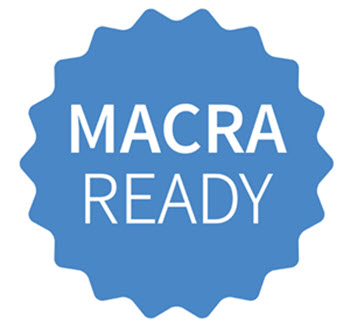CMS plans a slow rollout for MVPs.
If last year’s finalized overhaul of the Merit-Based Incentive Payment System (MIPS) made you look sideways at the feds, you’re not alone. However, Medicare appreciates COVID’s impact on healthcare and is instead opting for a soft launch of its MIPS Value Pathways (MVPs) program.
Refresher: Last November, the Centers for Medicare & Medicaid Services (CMS) explained that it intended to sunset traditional MIPS while transitioning the program to MVPs in the calendar year (CY) 2022 Quality Payment Program (QPP) final rule.
Now: CMS followed up with more insight into the MIPS changes in the CY 2023 QPP proposed rule published in the Federal Register on July 29. Read on for the top points.

Pocket These QPP Proposed Rule Takeaways
Medicare providers have been hit hard these last few years, and CMS acknowledges that fact, offering more nuanced policies that decrease burdens. “We recognize the challenges faced by many across the country over the past two years,” CMS says in a QPP CY 2023 fact sheet on the proposed rule. We “remain committed to promoting more meaningful participation for clinicians and ensuring our policies continue to drive us toward value and improved health outcomes for patients,” the agency maintains.
Here’s a breakdown of the key proposals:
Traditional MIPS: CMS aims to offer MIPS-eligible clinicians (ECs) “continuity and consistency while they gain familiarity with MVPs,” the fact sheet indicates. The agency’s proposals include the following:
MVPs: As a reminder, MVPs focus more on specialty and scope, offering ECs the option to report “a more connected, cohesive set of measures and activities and allowing for comparative feedback that will be more beneficial to patients,” the fact sheet notes. For CY 2023, CMS proposes modifying the seven MVPs it has already established, according to the rule. Those include revisions to the following MVPs:
Plus, CMS intends to add five more MVPs for the 2023 performance year. The proposed rule mentions these MVP additions: Advancing Cancer Care; Optimal Care for Kidney Health; Optimal Care for Neurological Conditions; Supportive Care for Cognitive-Based Neurological Conditions; and Promoting Wellness.
CMS also offers more guidance on MVP subgroup eligibility, registration, and scoring, the rule says.

Advanced APMs: In its CY 2023 proposals, CMS aims to bolster participation in the higher QPP track, Advanced Alternative Payment Models (AAPMs).
Remember, AAPMs offer differentiated services to patients, but they come with a plethora of financial rewards for providers — as well as risks. Originally, the current Generally Applicable Nominal Risk standard, which is set at 8 percent, was slated to expire in performance year 2024 and gradually increase. Instead, CMS proposes to make the 8 percent minimum permanent. “This standard determines which models have sufficient risk to qualify as an AAPMs and would not impact individual AAPM Entities,” Joy explains.
Resource: Review the rule at www.govinfo.gov/content/pkg/FR-2022-07-29/ pdf/2022-14562.pdf.
